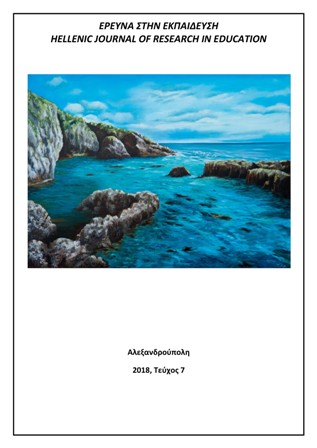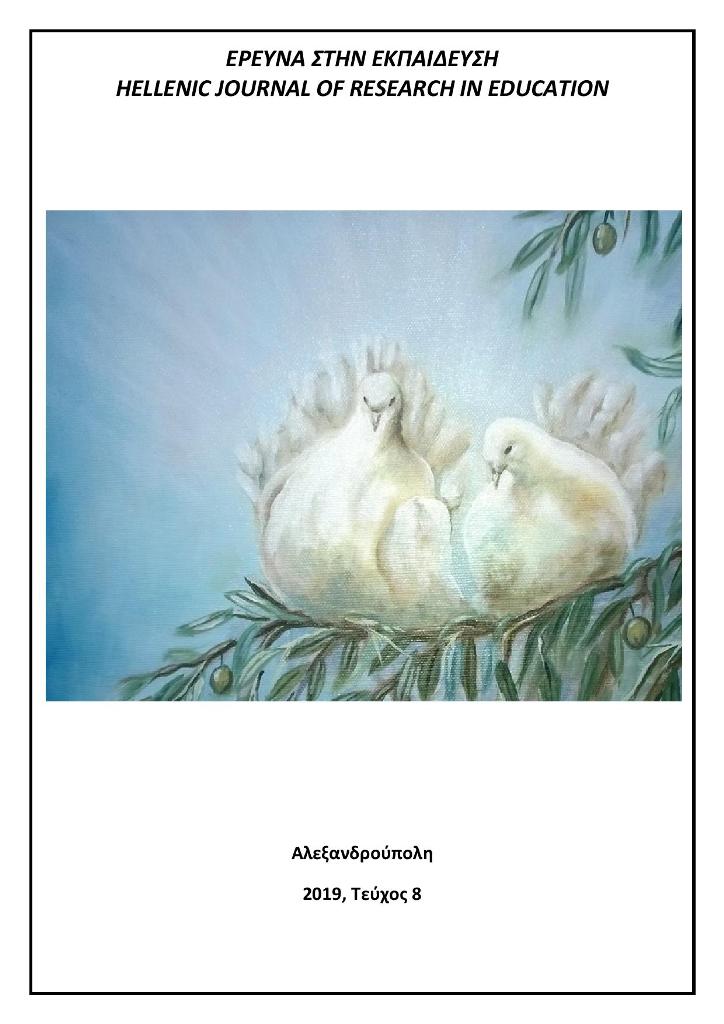Η συμβολή του παιχνιδιού και της φυσικής δραστηριότητας στην κοινωνική ανάπτυξη παιδιών με διαταραχή αυτιστικού φάσματος

Περίληψη
Ένας από τους αναπτυξιακούς τομείς που υστερεί σημαντικά στα παιδιά με αυτισμό είναι αυτός της κοινωνικής ανάπτυξης. Παρά τις διαφοροποιήσεις που μπορεί να παρατηρούνται στην κοινωνική ανάπτυξη των παιδιών με αυτισμό διαφορετικής λειτουργικότητας, οι κοινωνικές δεξιότητες υπολείπονται κατά την αναπτυξιακή πορεία των παιδιών με διαταραχή αυτιστικού φάσματος (ΔΑΦ) σε μεγαλύτερο ή μικρότερο βαθμό. Το παιχνίδι και οι φυσικές δραστηριότητες αποτελούν δύο κατηγορίες δραστηριοτήτων που φαίνεται να επηρεάζουν θετικά την κοινωνική ανάπτυξη των παιδιών με ΔΑΦ. Η έρευνα που παρουσιάζεται στο παρόν άρθρο περιγράφει την επίδραση του παιχνιδιού και της Φυσικής δραστηριότητας, σε δραστηριότητες εντός και εκτός σχολείου, στην κοινωνική ανάπτυξη των παιδιών με ΔΑΦ. Η έρευνα είχε ως υποκείμενα παιδιά 6-12 ετών στο φάσμα του αυτισμού και για τη διεξαγωγή της χρησιμοποιήθηκαν ερωτηματολόγια. Τα ευρήματα δείχνουν πως το συνεργατικό και το συντροφικό παιχνίδι μπορούν να επηρεάσουν θετικά την ανάπτυξη κοινωνικών συμπεριφορών στα παιδιά με αυτισμό, ωστόσο δεν παρατηρήθηκε αντίστοιχη θετική επίδραση από την ενασχόληση με τη φυσική/σωματική δραστηριότητα.
Λεπτομέρειες άρθρου
- Πώς να δημιουργήσετε Αναφορές
-
Γκατζόγια (Gkatzogia) Δ. (Dimitra) Ν. (Nikolaos), Ζάραγκας Χ., Κούτρας Β., & Κουτσούκη Δ. (2018). Η συμβολή του παιχνιδιού και της φυσικής δραστηριότητας στην κοινωνική ανάπτυξη παιδιών με διαταραχή αυτιστικού φάσματος. Έρευνα στην Εκπαίδευση, 7(1), 100–108. https://doi.org/10.12681/hjre.18846
- Τεύχος
- Τόμ. 7 Αρ. 1 (2018)
- Ενότητα
- Άρθρα

Αυτή η εργασία είναι αδειοδοτημένη υπό το CC Αναφορά Δημιουργού – Μη Εμπορική Χρήση – Παρόμοια Διανομή 4.0.
Τα πνευματικά δικαιώματα των άρθρων του περιοδικού ανήκουν στους συγγραφείς. Τα άρθρα διατίθενται με άδειες Creative Commons CC-BC-SA 4.0



